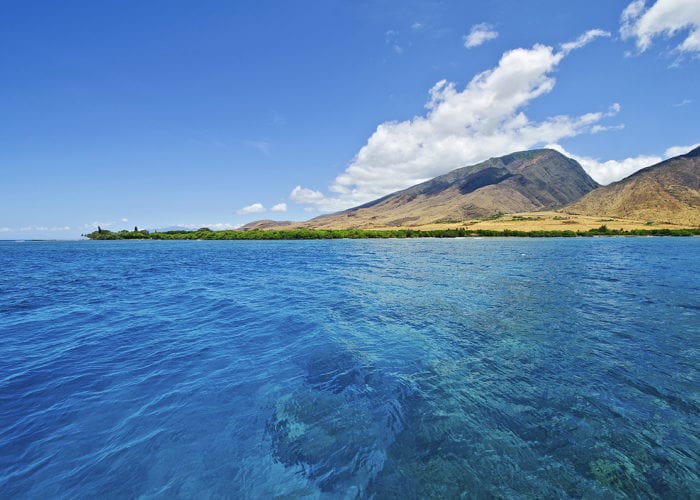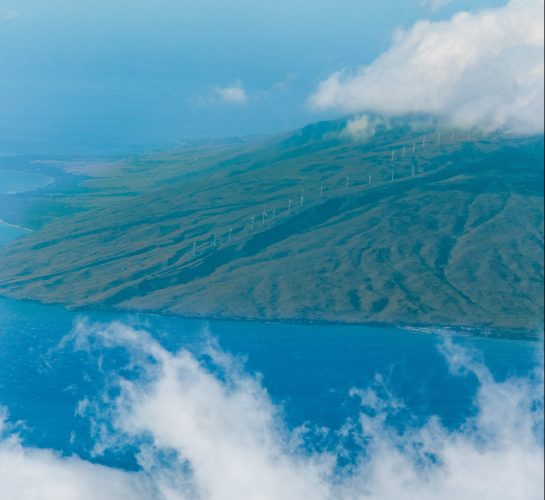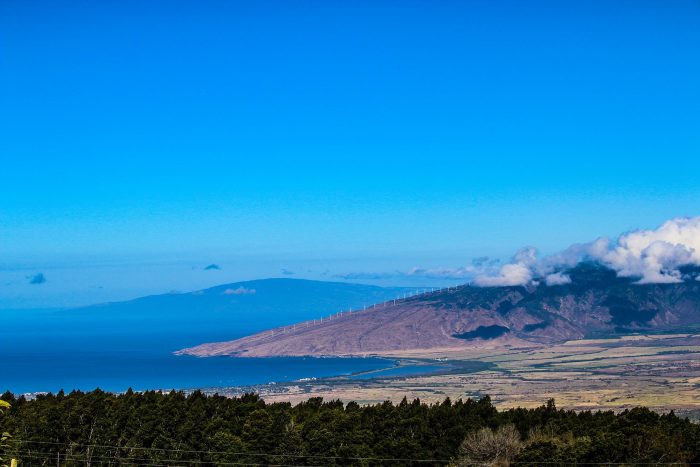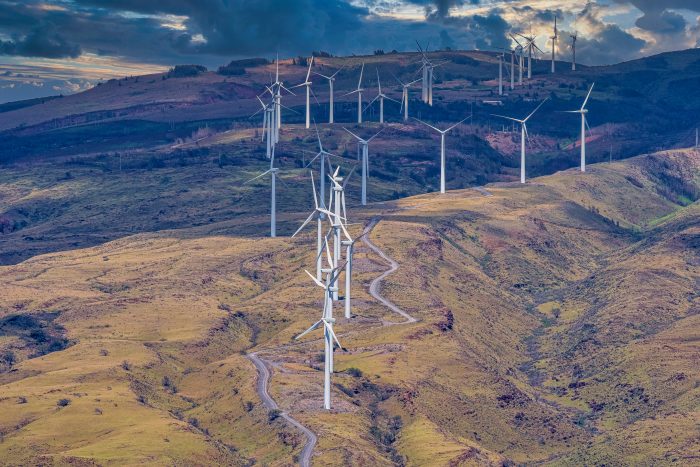What are Hawaiian Trade Winds?

Trade Winds
A small part of what makes living in Hawaii so pleasant is the climate, especially the gentle breezes. Arriving from the northeast, it’s light enough that it is barely noticeable but strong enough to chase away the humidity.
This tends to be a natural draw to the outdoors; often, it’s warmer inside a home (many of us do not even use traditional A/C and leave the windows open year round). It is not uncommon to visit a house to find its residents relaxing out on the lanai, covered porch or in the car port, enjoying the cooling winds.
In Hawaii, warm air rises near the equator to the south of the islands and moves northward through the upper atmosphere. This airflow sinks back to the earth’s surface at 30 degrees north latitude and flows back over the islands towards the equator, creating a wind moving along the ocean’s surface.
As this air streams back down from the north towards the equator, its movement is curved by the earth’s rotation, causing it to flow out of the northeast. This northeasterly wind is the famous trade winds felt in tropical locations like the Hawaiian Islands.
These circulating air cells are at work around the globe, creating trade winds within this same band of latitude both above and below the equator. Here in Hawaii the trade winds are felt about 85-95% of the time in the summer and 40-60% of the time in the winter.
The predictability of these winds were well known to the early maritime traders, who traveled the world’s oceans in the days of wooden sailing ships, and they used them to cross the great oceans and reach distance lands to trade their goods. The wind gets its name then from these traders, hence the name “trade winds”
Maui, the second largest island in the state of Hawaii, is known as the “The Valley Isle”. Due to the islands unique geographic shape, most towns in Maui are situated in between its two mountain ranges, the West Maui Mountains and Haleakala (dormant volcano) and are situated less than 200 feet above sea level.
The interior of the Valley Isle is located in between the West Maui Mountains and Haleakala, which funnels the trade winds and in turn, has made Kahului Airport the windiest airport in the state of Hawaii. The wind will typically hit the West Maui Mountains and then directs south, towards Maalaea. Maalaea harbor is referred to as the “second windiest harbor in the world”, due to the northerly winds. It isn’t uncommon for wind speeds to reach up to 40 mph at Maalaea harbor. East to northeast winds are the most dominant direction and are present approximately 80-90% of the time during summer months and about 50-80% during the winter.
The Four Winds II has daily morning and afternoon snorkel tours. Typically, the trade winds start to pick around 11 am most days, which is why the morning tours make it to Molokini 90% of the time in the morning. Our afternoon tour on the Four Winds does not make it to the crater as often (about 15% of the time) because of the increase in wind. Windy conditions at the crater can make it an unpleasant experience and can be quite dangerous. Our alternate snorkel location, Coral Gardens, is tucked away behind the West Maui Mountains and is protected from the trade winds. More common than not, Maalaea harbor is extremely windy! A calm day at Maalaea is a very rare occurrence.
Although the wind can be bothersome in certain situations, the trade winds really are quite a positive thing. Without the wind, Maui would be a very hot place. The trade winds are the environments way of providing free air conditioning! Hot weather during the summer months can be brutal, but when the trades are blowing, the weather is perfect.
 Maui is also known as the “windsurfing capital of the world.” Not only is there almost guaranteed windy conditions May through October, but the temperatures are usually in the low 80’s (and the view doesn’t hurt either!). Most of the extreme windsurfing takes place at Ho’okipa. During the winter, waves can get as high as 20 feet!
Maui is also known as the “windsurfing capital of the world.” Not only is there almost guaranteed windy conditions May through October, but the temperatures are usually in the low 80’s (and the view doesn’t hurt either!). Most of the extreme windsurfing takes place at Ho’okipa. During the winter, waves can get as high as 20 feet!
*Maui is one of the most beautiful places in the world! You’ll enjoy scenic beaches, adventure, fun activities and amazing accommodations. Many activities, restaurants, hotels, etc. are fully booked, so make sure you give yourself plenty of time and make reservations in advance. We hope to see you on one of our snorkel tours during your next Maui vacation!


